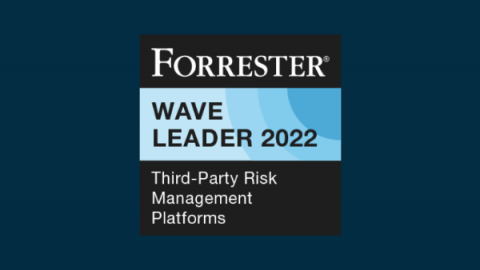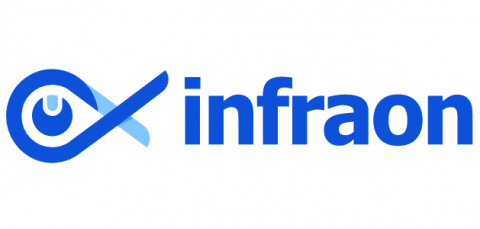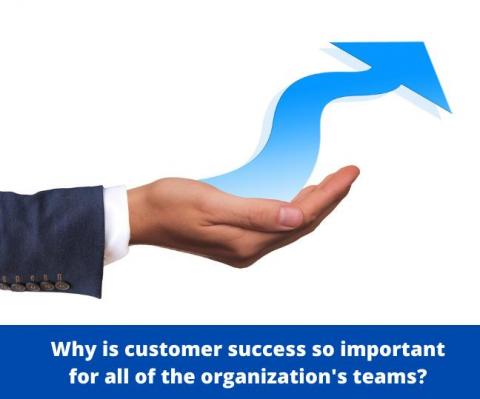What Are the Challenges Faced While Implementing Condition-Based Maintenance?
Condition-based maintenance is helpful to organizations as it helps in decreasing downtime. It is not easy to implement but once implemented successfully then this maintenance will provide several benefits. What are the challenges that occur while implementing condition-based maintenance and how can you overcome those challenges? That we will discuss in this blog, but first let us know what condition-based maintenance software is!











